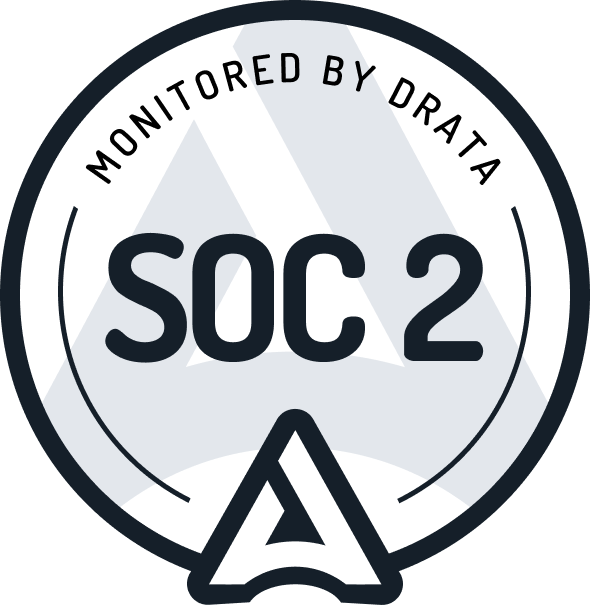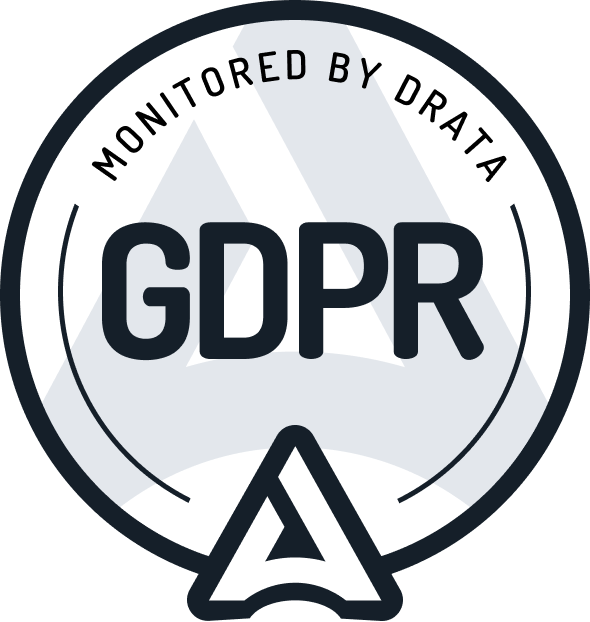
Introducing AnalyzeMyRepo: Free analysis & insights for any GitHub repository
Get notified when customers mention you online - with Crowdlens
At crowd.dev we are constantly looking for ways to bring value to our community. In addition to doing so with our main product, we also enjoy building other practical tools to help developers and maintainers improve their workflows.
For the past few months, we've been working on a brand-new tool called AnalyzeMyRepo, and we think you're going to love it.
AnalyzeMyRepo enables you to look over any Github repository and get comprehensive details about its performance, contributors, community governance, geographic diversity, and organizational diversity. Its primary goal is to point out repository improvement opportunities and give contributors advice on how to resolve these problems.
In addition to our insights, we've also included useful discovery features. We have a GPT-3 powered AI search which allows you to find niche tools and projects you might need, whether that's a game engine in Rust or fullstack Python apps. We also feature a section dedicated to the fastest-growing repos of the week so you can stay on top of what's trending.
Let's examine in more detail how AnalyzeMyRepo might help you comprehend and expand your GitHub repository.
The Overview Section

The idea for AnalyzeMyRepo comes from stock screeners. With these tools, companies are usually evaluated and scored across multiple independent parameters.
After you enter the name of your, or another GitHub repo you are interested in AnalyzeMyRepo evaluates the repo across four categories:
1. Adoption
2. Contribution
3. Diversity
4. Governance
For each of these categories, we run several checks (true or false) and then calculate category scores which a range from 0 to 8. The final result is shown as a radar (or “spider”) chart where each dimension corresponds to one of the categories.
We also show a text summary of the assessment and provide a comprehensive list of all checks we ran against the repo for full transparency of the results.

After reviewing the overall repo health, you can go into details about each category to better understand existing issues and how to tackle them. In the future, we plan to add suggestions that will help you to come up with solutions to fix these issues.
The Adoption Section

The “Adoption” section of AnalyzeMyRepo allows you to see the growth and popularity of a GitHub repository over time. This information can be helpful for several reasons:
- Star and fork growth: By looking at the star and fork growth charts, you can get a sense of how much interest and engagement the repository has received over time. You’ll be able to see when popularity has picked up, if there were certain spikes, or if popularity is tapering off.
- The repo's star rank: AnalyzeMyRepo also displays the repository's current star rank, which can give you an idea of how it compares to other repositories in terms of popularity. For example, if a repository is ranked #5 by stars on GitHub, it means it is one of the top 5 most popular repositories on the platform.
- General adoption metrics: In addition to star and fork growth, AnalyzeMyRepo also provides other adoption metrics, such as stars, open issues and forks. These metrics can give users a more comprehensive understanding of the repository's adoption and usage.
The Contribution Section
The "Contribution" section of AnalyzeMyRepo is a useful tool for understanding the distribution of commits among the users of a GitHub repository. This section provides a pie chart showing the top 10 users who have contributed the most commits to the repository, as well as a bus factor and serious ratio.
The bus factor is a measure of how many users are responsible for more than 50% of the commits to the repository. A low bus factor can be a warning sign, as it indicates that the repository relies heavily on a small number of contributors. If the bus factor is less than 10, AnalyzeMyRepo will display a warning to alert the user to this potential issue.
The serious ratio is the ratio of users who have authored more than one commit to the repository compared to all other contributors. A high serious ratio indicates that a significant number of contributors to the repository are actively engaged in the project and have made multiple contributions. If the serious ratio is low, AnalyzeMyRepo will also display a warning.
Overall, the "Contribution" section of AnalyzeMyRepo can help identify potential problems with the distribution of commits among the users of a repository. By understanding the bus factor and serious ratio, repository maintainers can take steps to ensure that their repository is not overly reliant on a small number of contributors and that a sufficient number of users are actively engaged in the project.

The Diversity Section

The "Diversity" section of the AnalyzeMyRepo allows users to visualize the distribution of commits and contributors by geographical location and organization. The geographical distribution is displayed on a colored map, where each country is colored based on the percentage of commits that originated from that location. The distribution by organizations is shown using a circle packing chart, where the size of the circles represents the number of commits from that organization.

This information can be helpful in several ways. First, it allows users to see whether their repository is attracting contributions from a wide range of locations and organizations or whether there is a concentration of contributions from a particular location or organization. This can be useful for identifying potential areas for growth, or for identifying potential sources of bias in the repository.
Additionally, the tool includes warnings if more than 50% of commits come from one country or organization or if less than 3 countries or organizations have more than 3% of commits. This can help users identify potential issues with the distribution of contributions and take steps to address them if necessary. For example, if a repository relies heavily on contributions from a single organization, it may be worth considering ways to diversify the contributor base to ensure that the repository remains healthy and sustainable over the long term.
The Governance Section

Last but not least, the "Governance" section of AnalyzeMyRepo allows you to assess whether you include important community documentation within the repository. This section displays a checklist of 8 different types of community documentation, including items such as a license, README, contributor license agreement (CLA), and a code of conduct.
This information allows you to see at a glance whether the repository has all of the necessary documentation in place to ensure that it is well-governed and compliant with relevant regulations and standards. This can be especially important for repositories that are intended to be used by others, as it helps to ensure that users have the information they need to understand how the repository can be used and what is expected of them as contributors.
Additionally, the tool shows a warning if less than half of the necessary documentation is present. This can alert users to the fact that their repository may be missing critical information, and encourage them to take steps to ensure that all necessary documentation is in place. This can help to create a more transparent and well-governed repository, which in turn can improve the overall user experience and encourage more contributions.
Discoverability features
All the features we just highlighted are focused on the analysis of a repo and we will be sure to add more in the coming months. Beyond analysis we realized there is a great demand for better exploration and discoverability of GitHub repos.
There are over 368 million repositories on GitHub. And every day 100,000s are added. It's nearly impossible to stay ahead of things, and you might not even know that something you’ve been looking for is waiting for you. Therefore the GPT-3 powered search that lets you discover open-source projects with search queries like "game engines in rust" is a game-changer. It really works like magic. Additionally, we've included a fastest growing repos page and monthly newsletter you can subscribe to, to be in the known.
Conclusion
To sum it up, AnalyzeMyRepo is a powerful tool for analyzing GitHub repositories and understanding their health and sustainability. With its detailed analysis of repository activity, community engagement, and governance, AnalyzeMyRepo provides valuable insights into the strengths and weaknesses of a repository, and can help you to identify areas for improvement and growth. Whether you are a repository maintainer looking to understand the health of your project, or a developer looking for a new project to contribute to, AnalyzeMyRepo can help you make informed decisions about your repository.
Give it a try today, and see how it can help you better understand and improve your repository.
Get insights to your inbox.
Once per month. No spam.


.png)





